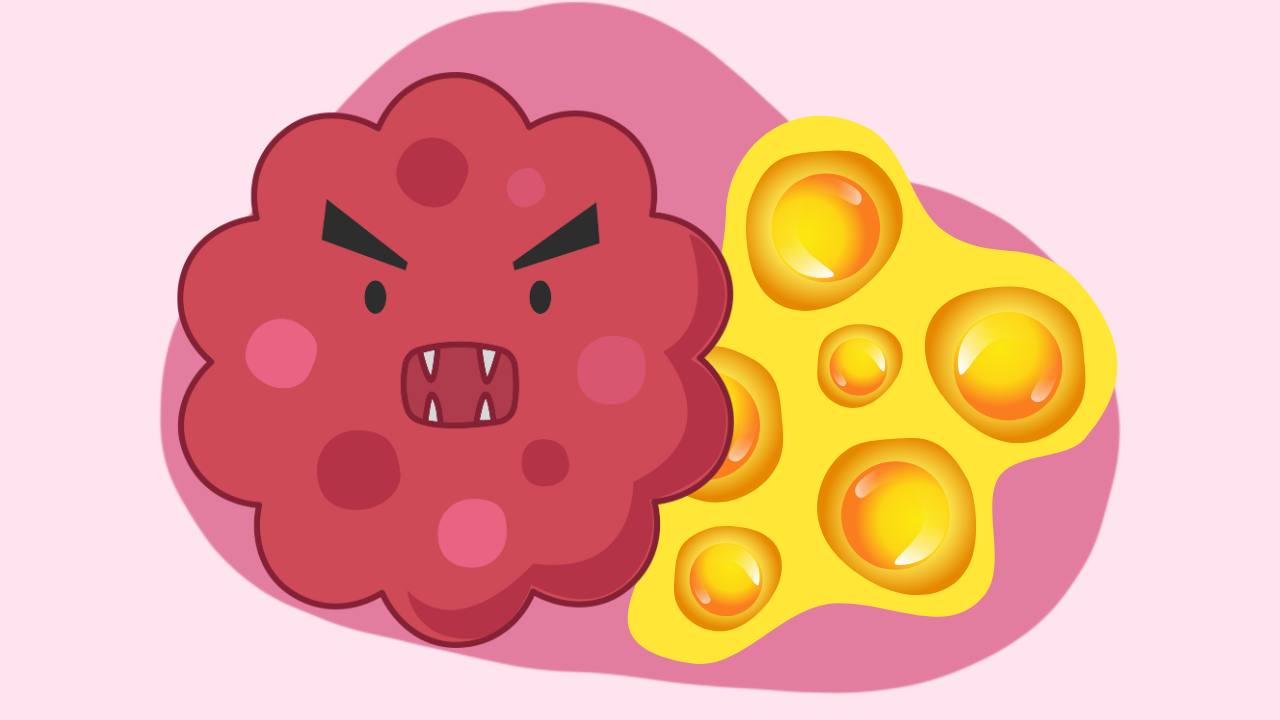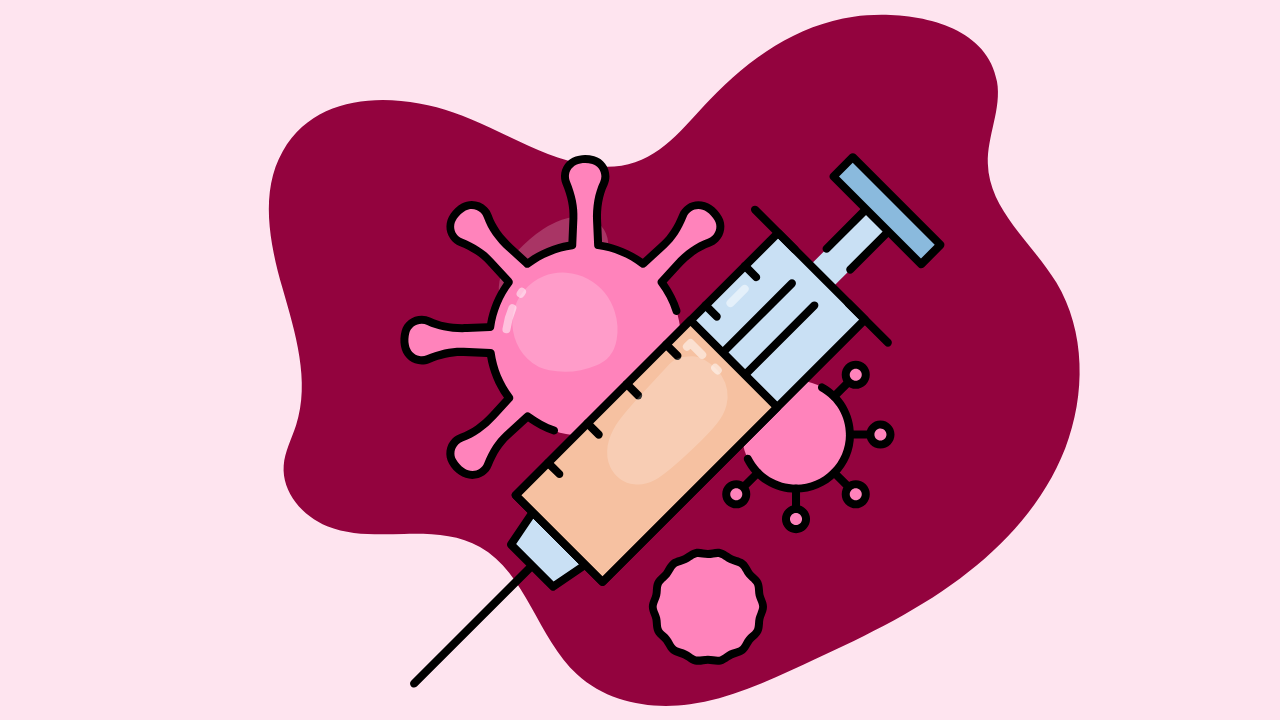Evaluating Cryoablation Recurrence Rates for Breast Cancer Treatment

Findings published in the Journal of Vascular and Interventional Radiology suggest ultrasound-guided cryoablation may be a viable option for breast cancer patients who are either unsuitable for surgery or decline it.
Led by Dr. Jolie Jean of New York-Presbyterian Hospital/Weill Cornell Imaging, researchers found a recurrence rate of 10% among women who underwent cryoablation, with follow-up averaging 21 months.
"Breast cryoablation is a minimally invasive technique that represents a reasonable alternative for select patient populations," Jean and her team reported.
Standard treatment for breast cancer typically involves breast-conserving surgery or mastectomy, often in combination with neoadjuvant or adjuvant therapy. However, not all women are suitable candidates for these options. Others may refuse surgery altogether, prompting the need for alternative treatments.
Cryoablation, a method gaining traction in recent years, has demonstrated success in treating tumors up to 1.5 cm. Although earlier studies confirmed its safety, data on outcomes for various tumor subtypes and sizes has remained limited.
This study examined recurrence rates and safety among 60 women treated with ultrasound-guided cryoablation between 2018 and 2023. Participants included 45 women with invasive ductal carcinoma, six with invasive lobular carcinoma, two with multicentric ductal carcinoma in situ (DCIS), and seven with other tumor types. Tumor sizes ranged from 0.3 cm to 9 cm, with an average size of 2.7 cm.
The study reported a recurrence rate of 10% (six women). Women with recurrences were more likely to have poorly differentiated tumors compared to those without recurrence (66.7% vs. 22.2%, p = 0.038). Tumor size did not significantly differ between the two groups. Average tumor size was 2.7 cm in the nonrecurrence group and 2.5 cm in the recurrence group (p = 0.506).
Women treated with palliative intent were notably older, with an average age of 79.7 years, compared to 72.5 years for those treated with curative intent (p = 0.032).
The procedure also resulted in skin injuries for four patients, who experienced blistering due to the ice ball formation. However, all recovered within one to two weeks with conservative care, including the use of silver sulfadiazine.
Based on these findings, the authors emphasized that cryoablation shows promise as a treatment alternative for patients unable or unwilling to undergo surgery.







